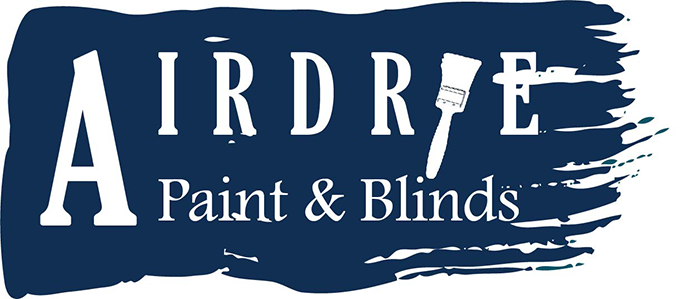Bonding Primer – Bonding primer is great for problem areas such as chalky paint that did not totally power wash off. The only place you should NOT use a bonding primer is when the paint is peeling. Good boding primers dry in a way that they grab onto and tightly grip the surface. If the surface is already peeling the boding primer will tear the peeling paint off more.
Tintable Primer – Tint is certainly not the best thing for any primer. It makes it dry too slow to perform what it actually needs to do. We always follow the recommendations of the manufacturer and cut that in half. Remember that any good primer will seal the surface so the tinted topcoat will sit on top instead of soaking in. Thus it will cover better.
Acrylic Primer – Acrylic prime is very high quality in many ways. It will seal, fill in cracks, and bond very well. Acrylic primer can be also kind of pricey. Previously mentioned bonding primer is also acrylic.
PVA Primer – Poly Vinyl Acetate – This is the primer that you can use on fresh drywall and fresh mud. It is generally cheap and ONLY works for sealing a surface. It does however take small amounts of tint very well. It is also the best and only primer for new drywall.
Alkyd Primer – Alkyd primer is best for water stains. It is also an oil based primer that dries the fastest for oil based primers.
BIN Primer – BIN Primer is a shellac based primer. It is best for drying so quick that NOTHING can soak through. However the substrate MUST be totally dry of water moisture. Best for smoke damage. **Remember to have the guy at the counter shake this product twice!
High Build Primer – (Undercoat) These are primers that are simply designed to fill in small cracks and holes. They are generally cheap per gallon but don’t go as far as a normal primer. One great example of a high build pime is Valspars high build primer. We apply it very thick and then pole sand the entire suface fo a beautiful finish.
Paint and Primer in One – This is not truly a primer and should not be used as one. Most of these paints are simply thickened with a very cheap thickening agent.
Different Situations That Require a Primer –
- Water Stains – Water damage is best covered up by an Alkyd Primer. Try using this out of a spray can for best results. Apply with two or three very light coats so they dry quickly
- Patches – If there is a ton of patch work the best thing is to use a PVA Primer on the entire wall. Or if you just have a few spots try a few light coats with Alkyd Primer in a spray can.
- New Drywall – New Drywall should always take PVA primer first. This will seal the drywall so the solvents from the topcoat cannot penetrate and crack the drywall. If the drywall job was poorly done then one or even two coats of acrylic will do the job justice. High build primers will also fill in minor defects in the drywall job but do not seal very well so a PVA would have to be used first on the drywall.
- Smoke Damage – Smoke Damage is best covered with BIN Primer. Remember to have the guy at the counter shake this up twice. No other primer will dry quick enough for the smoke damage to not come through. PVA and acrylic primers will also work but take at least two coats to stop the smoke damage from coming through
- Chalky Areas – Any chalky areas will need to be power washed first using TSP. What doesn’t come off can be covered with an excellent acrylic primer. The acrylic primer will bond like glue.
- Hardy Board (Composite Wood) – This is a topic of little known facts. Most will tell you to use any primer you want. NOT TRUE. Most solvent even in water based paints will destroy the glue that holds the wood together! We only use one primer from our paint manufacture PPG Porter paints. A100 Primer. Then we go with a higher quality topcoat
- Extreme Color Change – For going from a dark or bright color use acrylic primer. Most color changes, even somewhat extreme, can be handled by a PVA primer
- Bare Metals – There are many choices here. Generally they are all oil based with the exception of a few water based primers that are just OK for metal. If there is any risk of rust a rust prevention primer WITHOUT TINT is necessary.
- Wood – Most paint manufactures make a good primer for wood. It should be a high build so it fills in cracks. Really any high quality acrylic primer should work just fine. If you really need to seal it up good go to an oil based primer.
